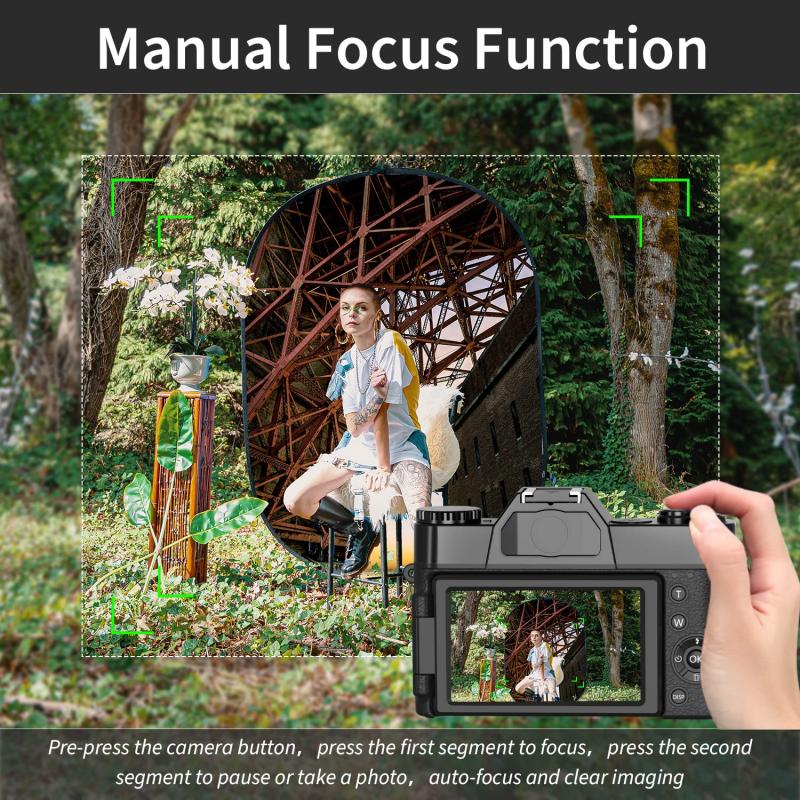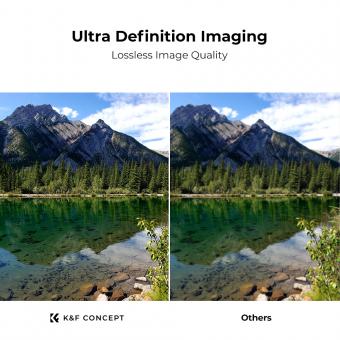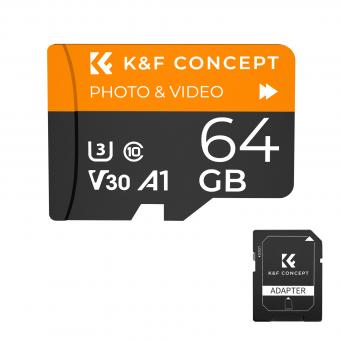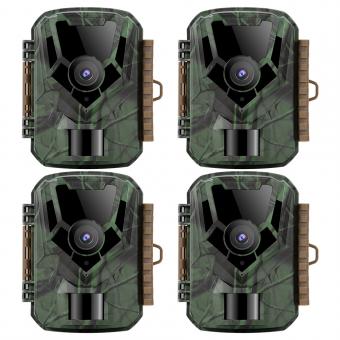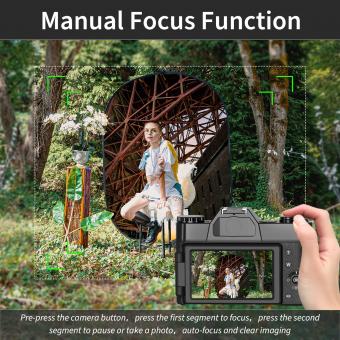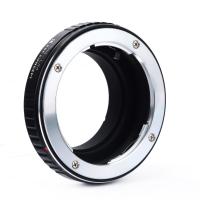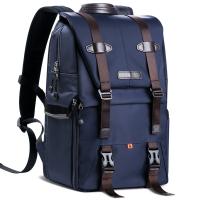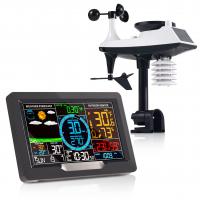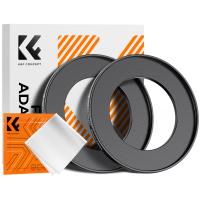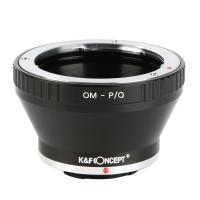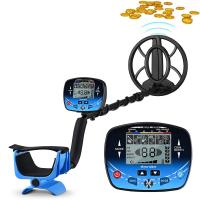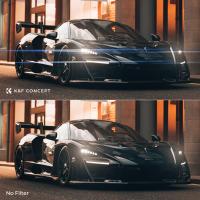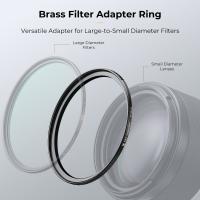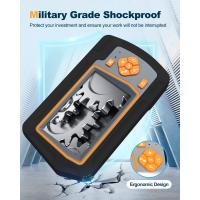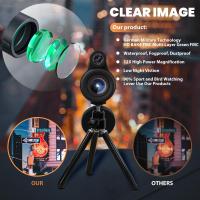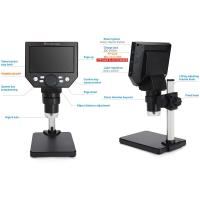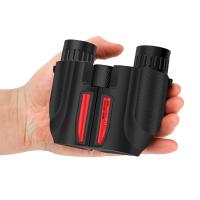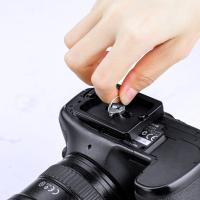What Lens For Car Photography ?
When it comes to car photography, a popular lens choice is a wide-angle lens. This type of lens allows you to capture the entire car in the frame, emphasizing its shape and lines. Wide-angle lenses also help create a sense of depth and can make the car appear more dynamic. Additionally, a wide-angle lens allows you to include the car's surroundings, such as the environment or a scenic backdrop, which can enhance the overall composition of the photograph. However, the specific lens choice may vary depending on the desired effect and shooting conditions.
1、 Wide-angle lens for capturing the entire car in frame.
When it comes to car photography, choosing the right lens is crucial to capture the beauty and essence of the vehicle. One of the most popular choices for car photography is a wide-angle lens. A wide-angle lens allows you to capture the entire car in frame, showcasing its sleek lines and impressive design.
A wide-angle lens typically has a focal length of 35mm or less, allowing you to capture a wider field of view. This is particularly useful when shooting cars, as it allows you to include more of the surroundings and context in your shots. Whether you're shooting a car in a scenic location or in an urban setting, a wide-angle lens can help you capture the full picture.
In addition to capturing the entire car, a wide-angle lens can also add a sense of drama and depth to your images. By getting up close to the car and using a wide-angle lens, you can create a dynamic perspective that emphasizes the car's features and makes it stand out.
It's worth noting that the choice of lens also depends on the specific style and purpose of your car photography. For example, if you're focusing on capturing the details and intricacies of a car's design, a macro lens might be more suitable. On the other hand, if you're shooting action shots or capturing cars in motion, a telephoto lens could be a better option.
Ultimately, the choice of lens for car photography depends on your personal style and the specific shots you want to achieve. However, a wide-angle lens is a versatile and popular choice for capturing the entire car in frame, allowing you to showcase its beauty and make a lasting impression.
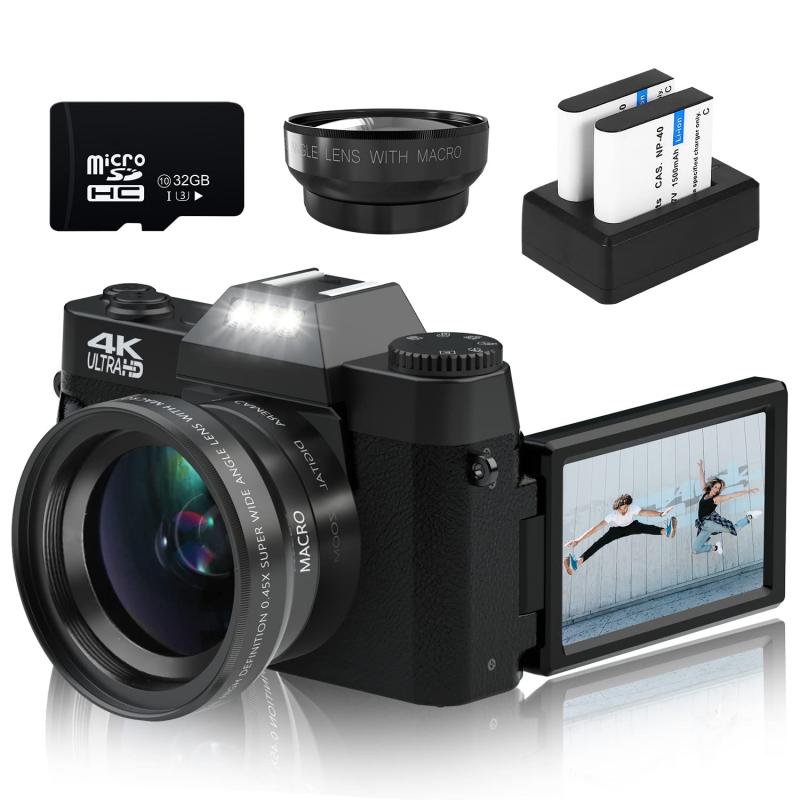
2、 Telephoto lens for close-up shots of car details.
When it comes to car photography, choosing the right lens is crucial to capture the details and essence of the vehicle. While there are various lenses that can be used for this purpose, a telephoto lens is particularly well-suited for close-up shots of car details.
A telephoto lens allows you to zoom in on specific parts of the car, such as the grille, headlights, or even the emblem, and capture them in great detail. This lens has a longer focal length, which means it can magnify the subject and create a shallow depth of field, resulting in a pleasing background blur that helps to isolate the car's features.
Additionally, a telephoto lens provides a compressed perspective, making the car appear more prominent and enhancing its presence in the frame. This can be especially useful when photographing cars in a crowded environment or when you want to emphasize specific design elements.
In terms of the latest point of view, advancements in lens technology have led to the development of telephoto lenses with improved image stabilization and faster autofocus capabilities. These features can be beneficial when shooting car details, as they help to reduce camera shake and ensure sharp, crisp images.
Ultimately, the choice of lens for car photography depends on the specific style and vision of the photographer. However, a telephoto lens remains a popular and effective choice for capturing close-up shots of car details, allowing for stunning images that showcase the beauty and intricacies of the automobile.
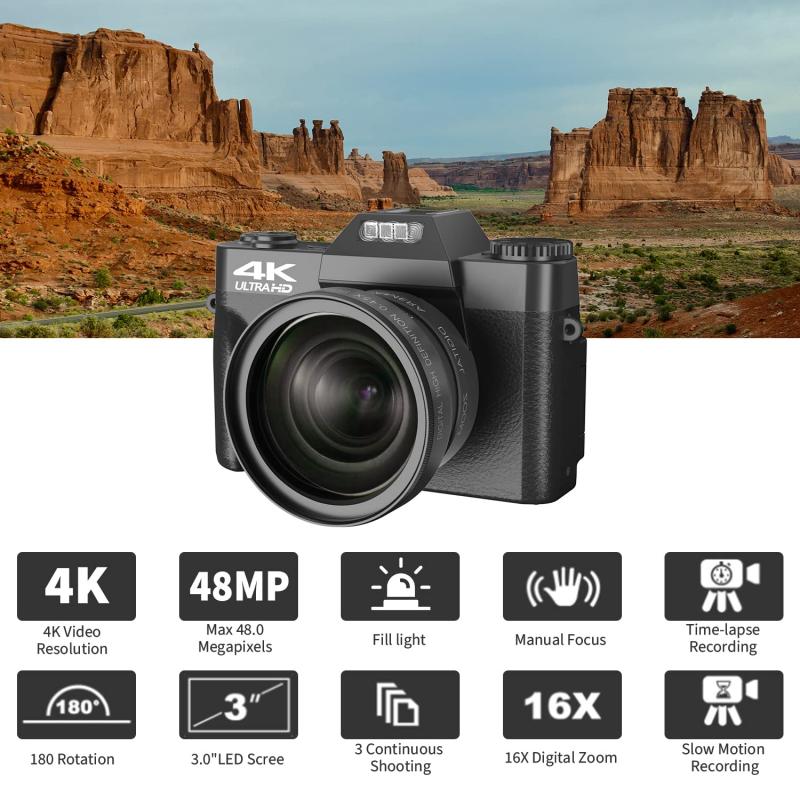
3、 Prime lens for achieving sharpness and clarity in car images.
When it comes to car photography, choosing the right lens is crucial to capture the sharpness and clarity that enthusiasts desire. While there are various lens options available, a prime lens is often recommended for achieving exceptional image quality.
Prime lenses have a fixed focal length, which allows for a wider maximum aperture compared to zoom lenses. This wider aperture enables more light to enter the lens, resulting in sharper images with better depth of field control. Additionally, prime lenses are known for their superior optical performance, as they are designed specifically for a single focal length.
For car photography, a prime lens with a focal length between 35mm and 85mm is commonly used. This range provides a versatile perspective, allowing photographers to capture both wide-angle shots to showcase the car's surroundings and close-up details to highlight specific features.
In terms of aperture, a prime lens with a wide maximum aperture, such as f/1.8 or f/1.4, is ideal. This allows for greater control over depth of field, enabling the photographer to isolate the car from the background and create a pleasing bokeh effect.
As for the latest point of view, advancements in lens technology have led to the development of prime lenses with even wider apertures, such as f/1.2 or f/0.95. These lenses offer unparalleled low-light performance and the ability to create extremely shallow depth of field effects. However, they come at a higher cost and may not be necessary for all car photography needs.
Ultimately, the choice of lens for car photography depends on the photographer's style and preferences. It is recommended to experiment with different focal lengths and apertures to find the perfect combination that suits your vision and captures the desired sharpness and clarity in car images.
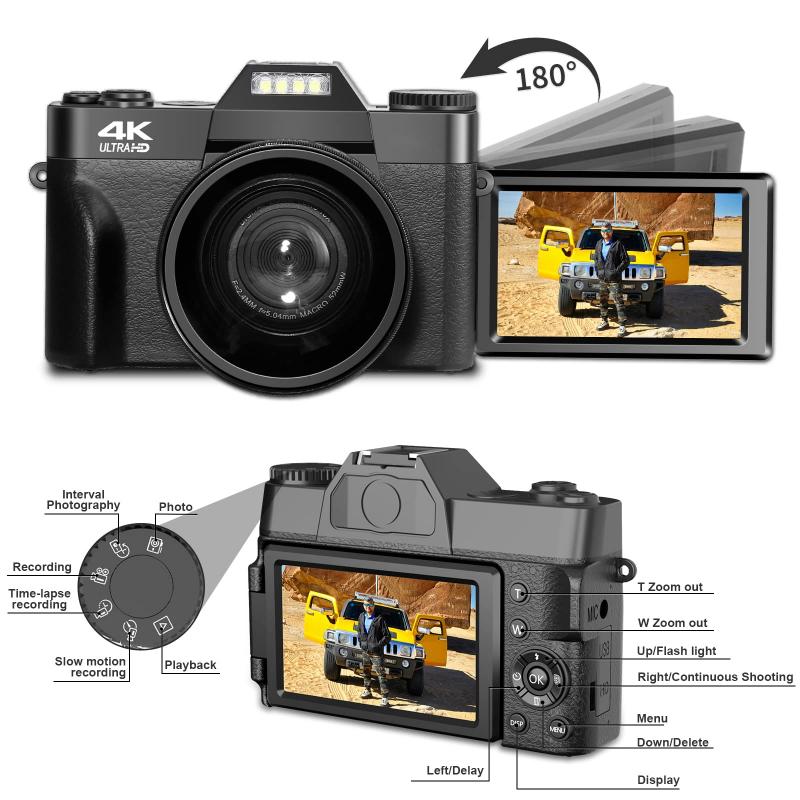
4、 Macro lens for capturing intricate car textures and small details.
What lens for car photography? A macro lens for capturing intricate car textures and small details. Car photography is all about capturing the beauty and details of automobiles, and a macro lens is the perfect tool for this task.
A macro lens allows you to get up close and personal with your subject, capturing even the tiniest details with incredible clarity. When photographing cars, this lens can help you highlight the intricate textures of the paintwork, the reflections on the body, and the small details that make each car unique.
With a macro lens, you can capture the fine lines and curves of the car's design, showcasing the craftsmanship and attention to detail that goes into creating these machines. You can also focus on specific parts of the car, such as the emblem, the headlights, or the interior, and bring out their intricate details.
In addition to capturing the small details, a macro lens can also be used to create stunning abstract shots of cars. By focusing on a specific part of the car and using a shallow depth of field, you can create beautiful bokeh effects and emphasize certain elements of the car's design.
From a latest point of view, macro lenses have become even more advanced and versatile. Many modern macro lenses offer image stabilization, allowing you to capture sharp images even when shooting handheld. They also have improved autofocus capabilities, making it easier to capture fast-moving subjects like cars.
In conclusion, if you want to capture the intricate textures and small details of cars, a macro lens is the ideal choice for car photography. It allows you to showcase the beauty and craftsmanship of automobiles in a way that no other lens can.
